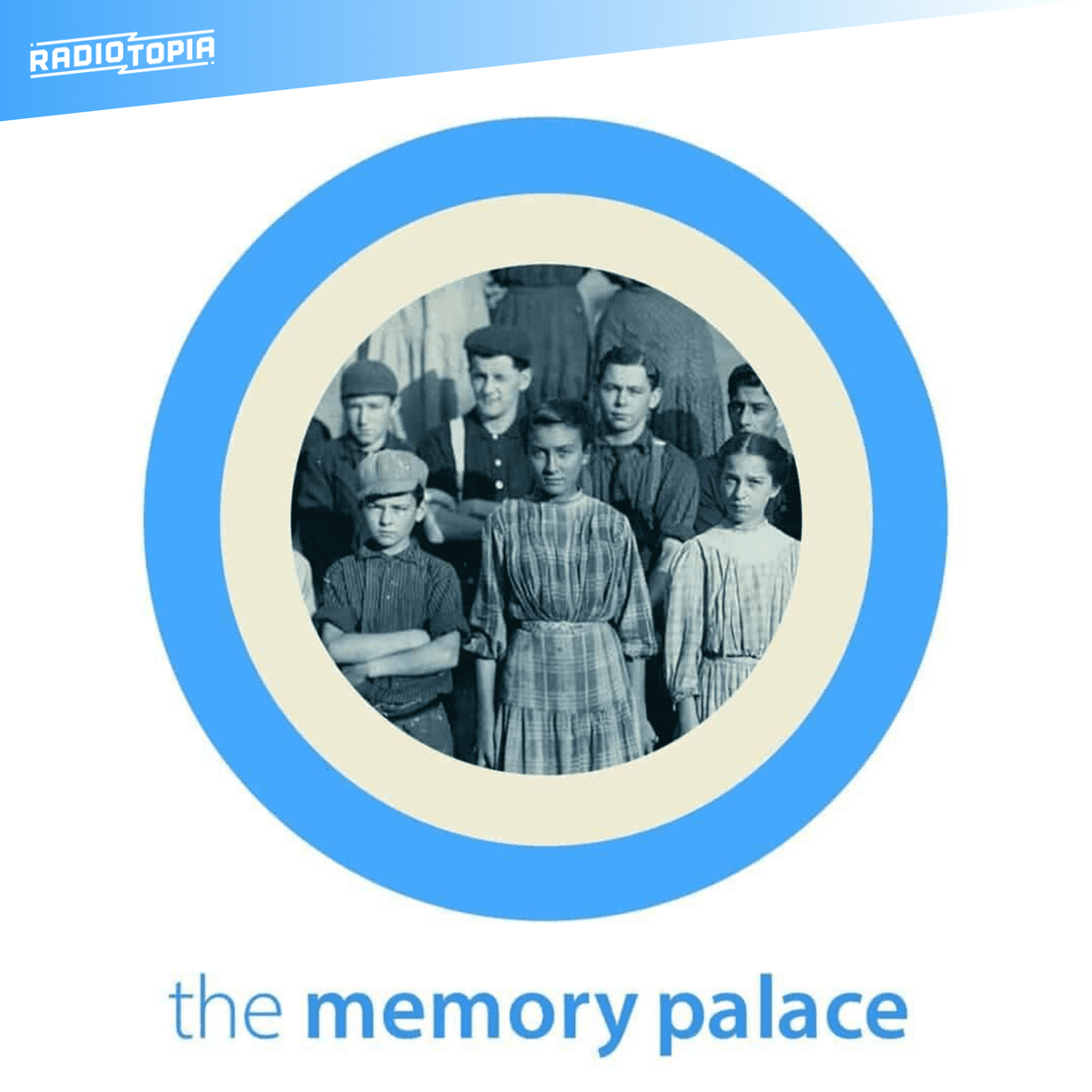Podcast Summary: The Memory Palace
Episode: "A Teach-In for History"
Host: Nate DiMeo
Date: October 23, 2025
Overview
In this reflective episode of The Memory Palace, Nate DiMeo weaves together personal recollections of journeys to Washington, D.C.’s National Mall across three decades, using these memories to explore the layered meanings of historical spaces in America. The episode culminates with a passionate call to defend historical truth in the face of political attacks on museum curation and interpretation, announcing a public teach-in for history as civil protest.
Key Discussion Points & Insights
1. The National Mall: Personal and Collective History
- Nate begins with vivid memories of his first cross-country road trip at age 19 (1993), describing the symbolic significance of arriving in D.C. and experiencing the monuments firsthand.
- The Mall comes alive as not just a backdrop to American politics, but as a living site of memory, protest, loss, and hope.
- Nate notes how history at the Mall is participatory: “you could just walk around at the Mall at night for free. ... But I didn’t know how it would feel to walk end to end, the broad lawns in shadow... and then shone in the floodlights in the night. And it was beautiful.” (04:11-04:36)
2. Epiphanies on History and Space
- The Power of Place: Sitting on the Lincoln Memorial steps, Nate realizes the ground itself is a living record. He feels connected to Marian Anderson, Martin Luther King, the Bonus Army, suffragettes, the AIDS quilt, and Vietnam War protesters. These individual events, commemorated and enacted on the Mall, shape collective American identity.
- “We were sitting where Marian Anderson once sang, ... near where MLK spoke. We walked on the Mall, where people protested the war that would take Jen’s uncle...” (06:04-06:48)
- The Beauty of Public Access: Nate’s second epiphany: the beauty that the Mall is open to all, “free to be there, to take from the experience whatever we would, because it was America.” (08:10-08:14)
3. The Museums as Metaphor for America
- Fast forward to 2002: a new cross-country trip, a new companion, but the same first stop—in D.C. During this visit, the Smithsonian’s variety and chaos strike him:
- “All of it all at once. I’m not sure I’ve ever found a better metaphor for America itself than the museums on its national mall.” (11:28-11:34)
- He observes how the museums’ patchwork—“incoherent, arcane intellectual projects made manifest”—reflects the messy, layered, and contested nature of American history, being both progressive and regressive, innovative and outdated.
4. History Under Attack (2025 Context)
- Nate brings listeners to the present, 2025, describing how the Smithsonian’s ability to present accurate, complex American stories is under threat from political interference. Recent executive orders seek to purge “improper ideology” and whitewash or omit uncomfortable truths about slavery, discrimination, transgender people, immigrants, and President Trump’s impeachments:
- “There have been specific measures to remove displays in language that tell the truth about slavery and discrimination, tell historically accurate stories about the contributions of transgender people, immigrants, or talk about the impeachments of President Donald J. Trump and more. And this infuriates me.” (12:37-13:06)
5. Civil Response: A Teach-In for History
- In response, Nate announces that on Sunday, October 26, 2025, he and fellow historians and writers are holding a public teach-in by the Museum of American History.
- He ties this act directly to the longstanding American tradition of free assembly and protest:
- “We are gathering there and speaking our minds and calling out injustice. And you can come to listen because this is America and we are free people.” (14:25-14:34)
- The teach-in aims to defend “real history, accurate history”—those stories currently being suppressed—from sunup to sundown, in the spirit of academic protest against political interference.
Notable Quotes & Memorable Moments
- The emotional power of the monuments:
“I remember that. Can still feel it.” (06:44, on running his fingers over a name at the Vietnam Memorial)
- On public space as democratic birthright:
“It was important. It was beautiful that it was free, that you could just drive up, feed a meter and walk around anytime... You could walk around a place that embodied the best of that country...” (07:44-08:10)
- Museums as metaphor:
“The work of different curators, different tastes, different ideas, often in conflict, progressive, regressive, straight, racist, righteous. All of it all at once. I’m not sure I’ve ever found a better metaphor for America itself than the museums on its national mall.” (11:21-11:34)
- On defending history:
“The Smithsonian, in the way it has been allowed to conduct the work of history and tell accurate stories about America, is under direct attack...” (12:20-12:37)
- The spirit of protest and hope:
“We are gathering there and speaking our minds and calling out injustice. And you can come to listen because this is America and we are free people.” (14:25-14:34)
Timestamps of Key Segments
- DC Night Walk Epiphany (03:20–08:14): Nate’s vivid reminiscence of his first trip to the Mall, learning what American public space means.
- Artifacts and Museums Reflection (08:15–11:34): Experiences in the Smithsonian and the symbolism of its museums.
- The Threat to Historical Truth (2025) (11:35–13:06): Description of political interference and executive action against museums.
- The Call to Action: Teach-In Announcement (13:07–14:34): Nate’s announcement and personal invitation to listeners for the upcoming teach-in.
Tone and Style
Nate DiMeo delivers the episode with the contemplative, poetic, and reverent narration signature to The Memory Palace—blending nostalgia, personal anecdote, and incisive cultural criticism. He maintains a tone of quiet urgency and civic pride, inviting listeners to remember, reflect, and participate in defending historical truth.
Links & Further Information
- Teach-in details and attendee information: thisday.org
- Contact & Community: Facebook (“The Memory Palace”), Bluesky (@demeo), Instagram & Threads (@memorypalacepodcast)
- Research assistance by: Eliza McGraw
- Part of the Radiotopia network from PRX
